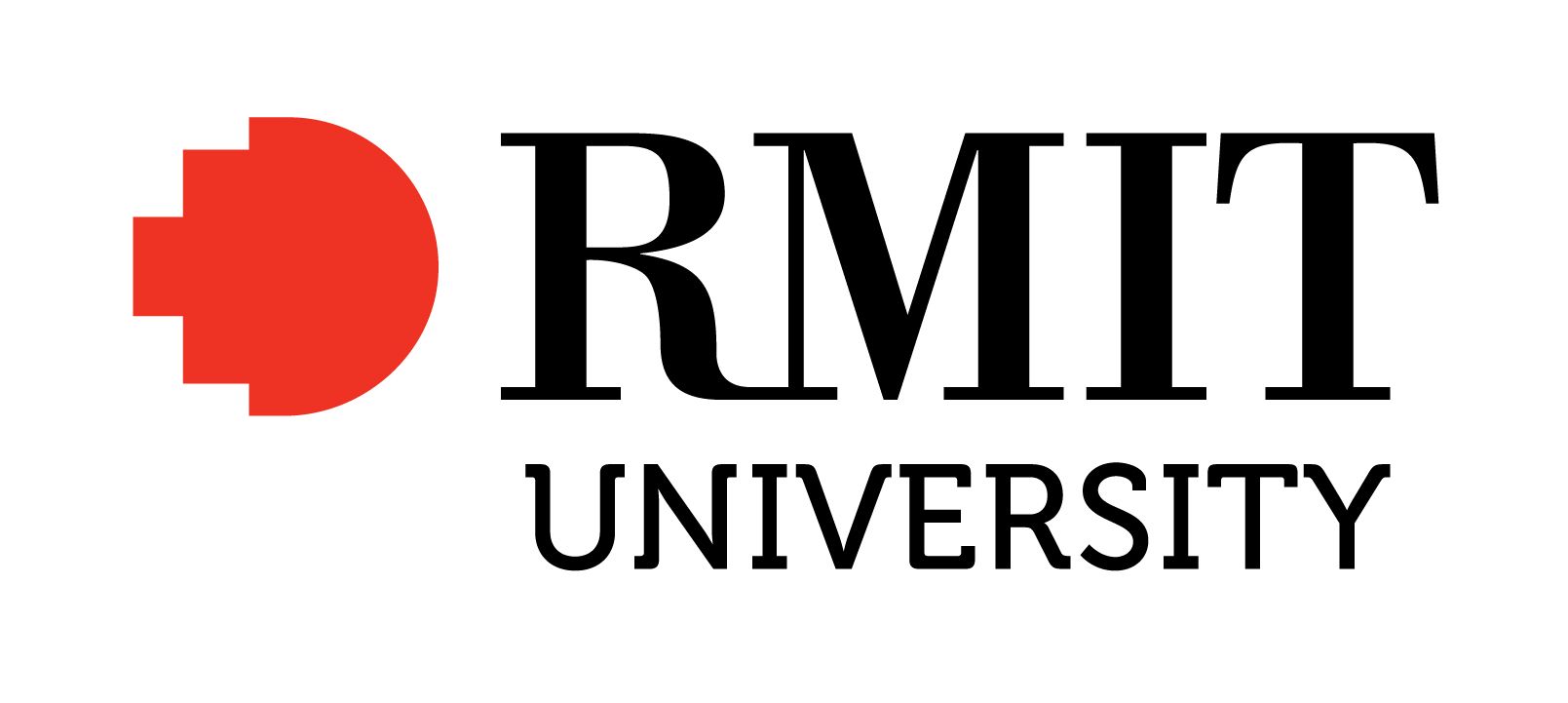Full description
Attached file provides supplementary data for linked article. Understanding sugar-lipid interactions during desiccation and freezing is an important step in the elucidation of cryo- and anhydro-protection mechanisms. We determine sucrose, trehalose, and water concentration distributions in intra-bilayer volumes between opposing dioleoylphosphatidylcholine bilayers over a range of reduced hydrations and sugar concentrations. Stacked lipid bilayers at reduced hydration provide a suitable system to mimic environmental dehydration effects, as well as a suitable system for direct probing of sugar locations by neutron membrane diffraction. Sugar distributions show that sucrose and trehalose both behave as typical uncharged solutes, largely excluded from the lipid bilayers regardless of sugar identity, and with no correlation between sugar distribution and the lipid headgroup position as the hydration is changed. These results are discussed in terms of current opinions about cryo- and anhydro-protection mechanisms. Subjects
Condensed Matter Physics |
Dioleoylphosphatidylcholine |
Hydration |
Lipid headgroup |
Lipid membranes |
Physical Sciences |
Protection mechanisms |
Soft Condensed Matter |
Sugar (sucrose) Bi-layer |
Sugar concentration Water concentrations |
Water concentrations |
User Contributed Tags
Login to tag this record with meaningful keywords to make it easier to discover
Identifiers
- Local : 07c82c33d161b047c52873eda0d637bf


